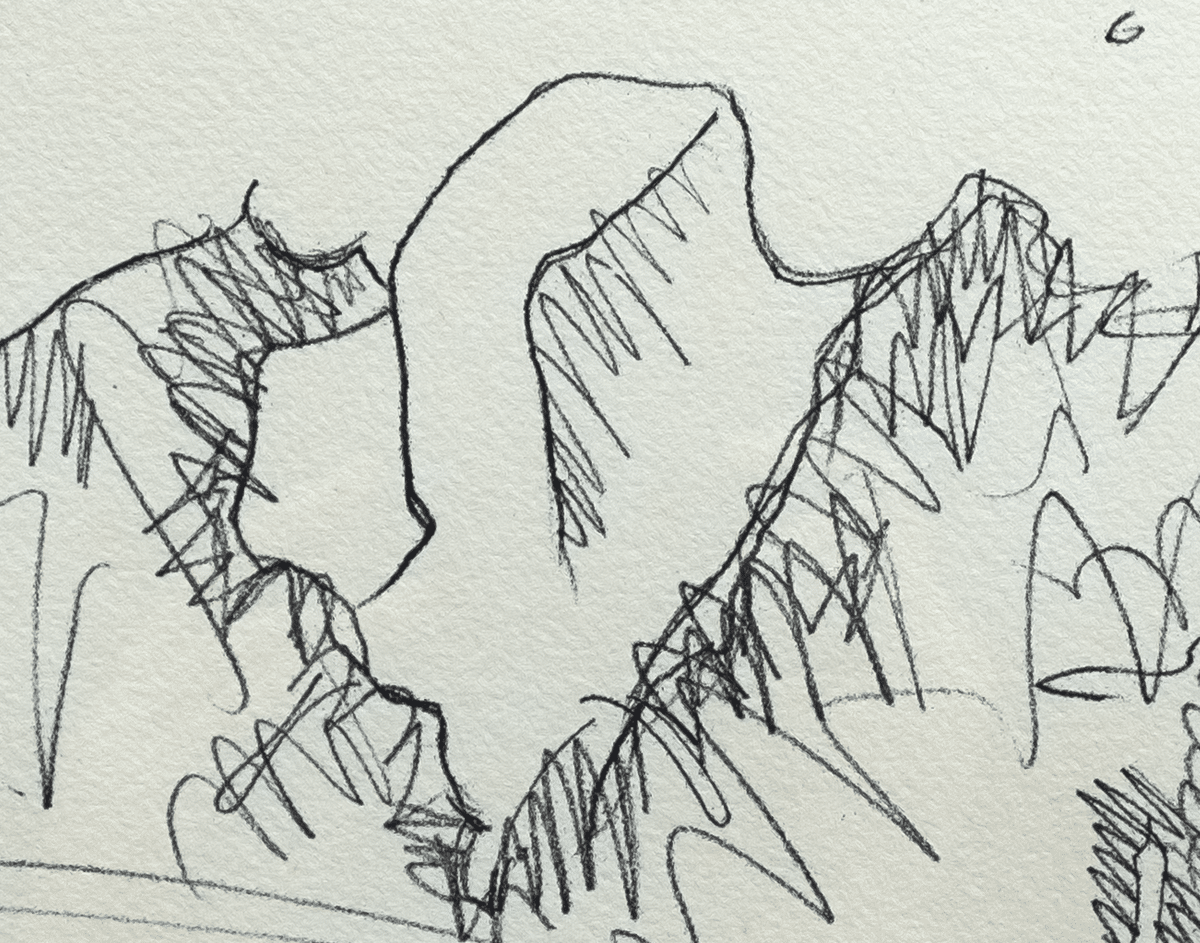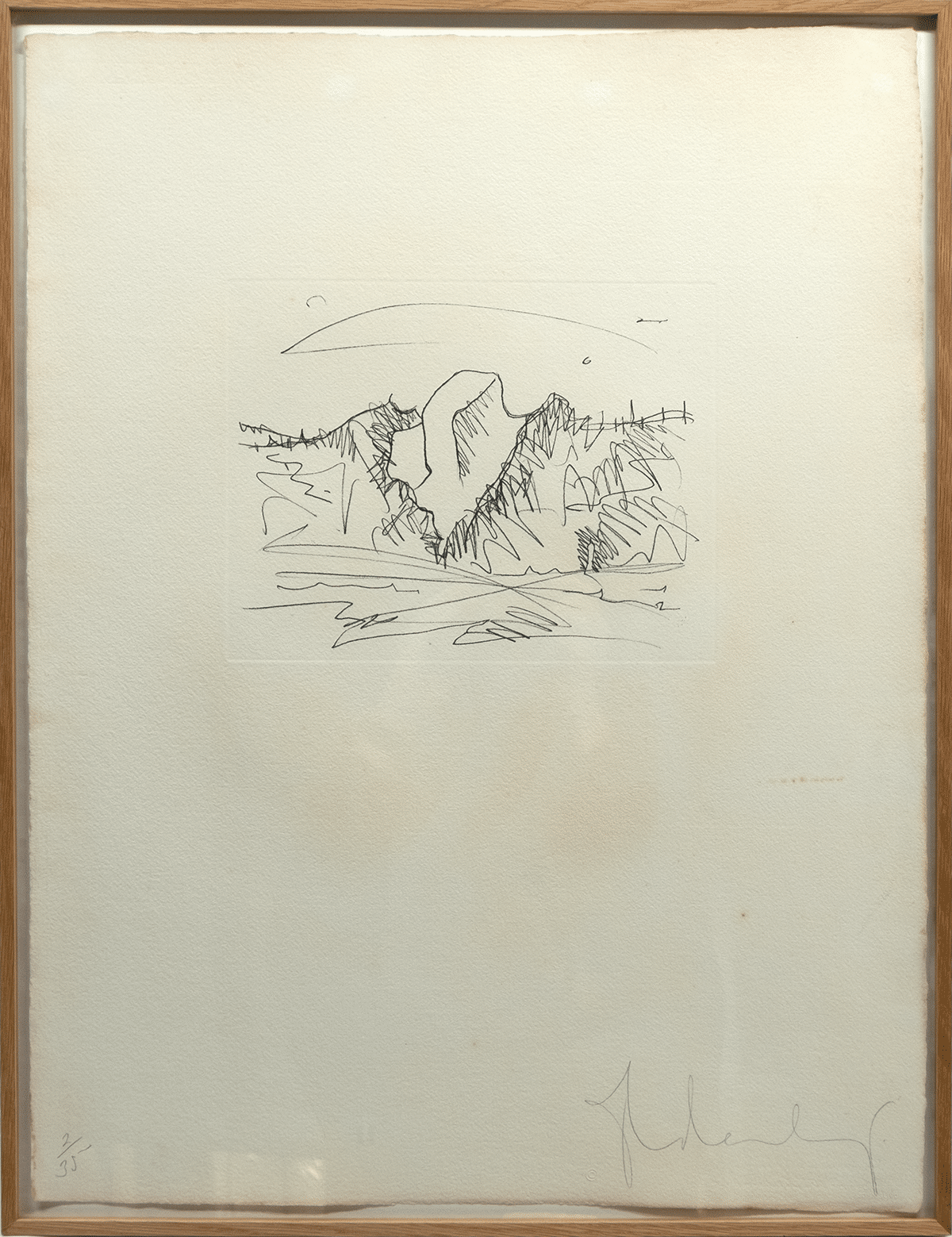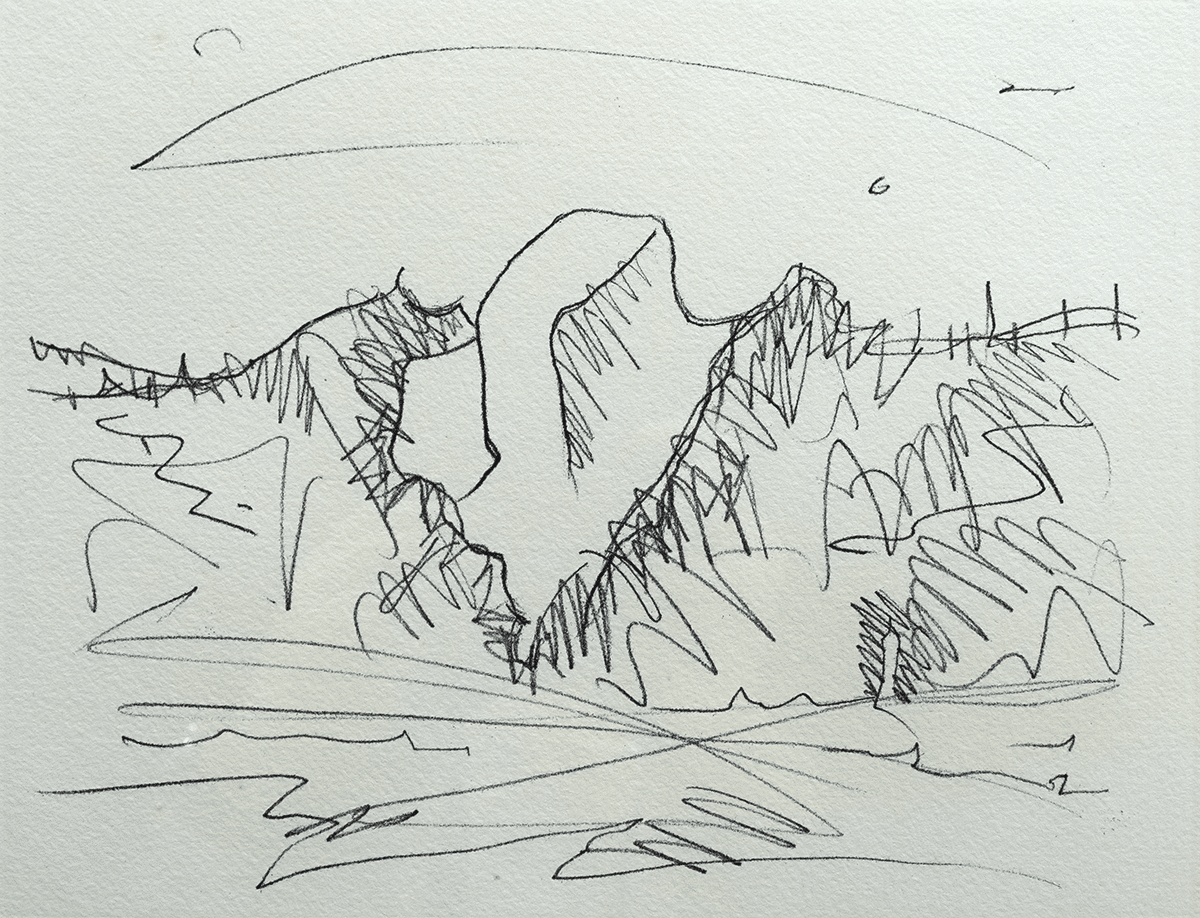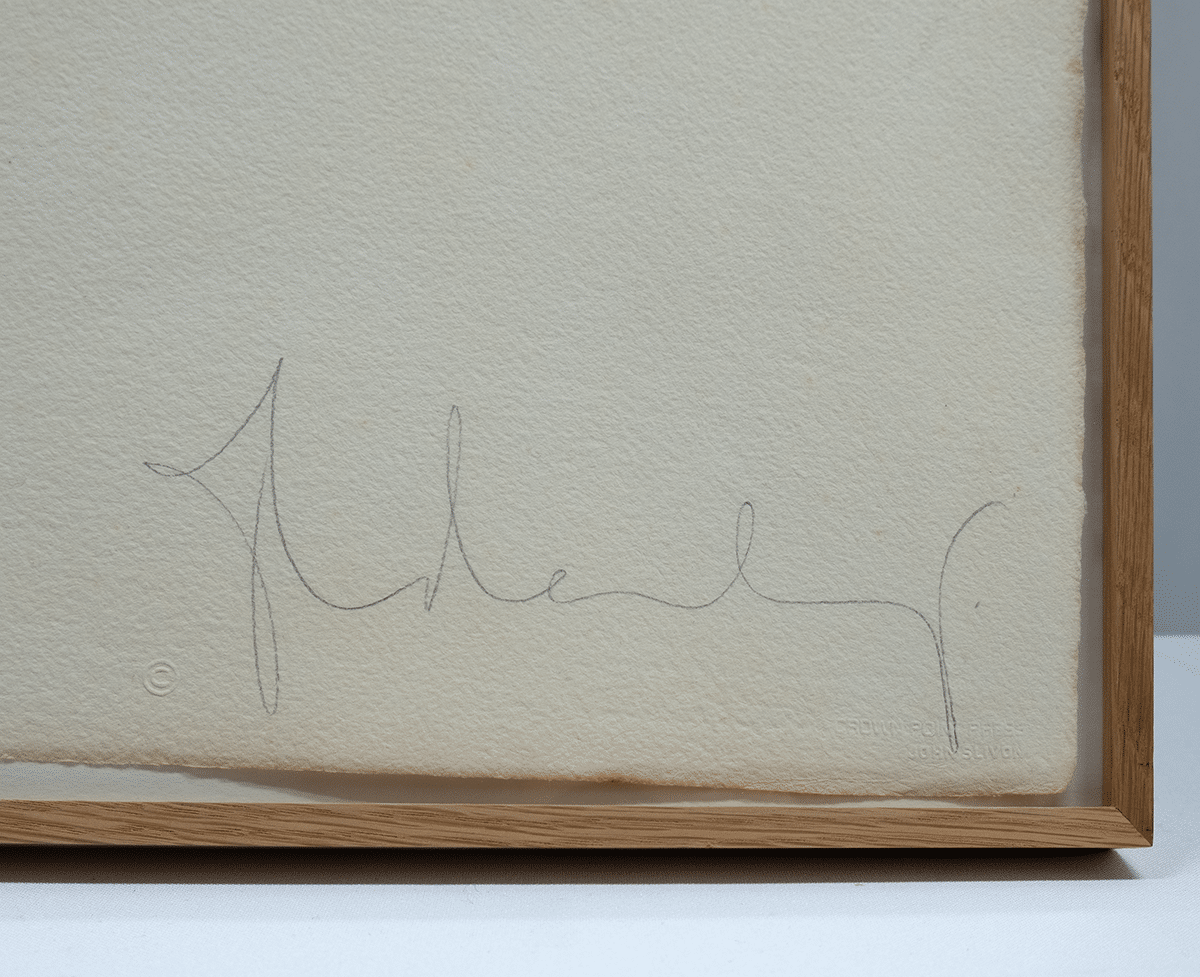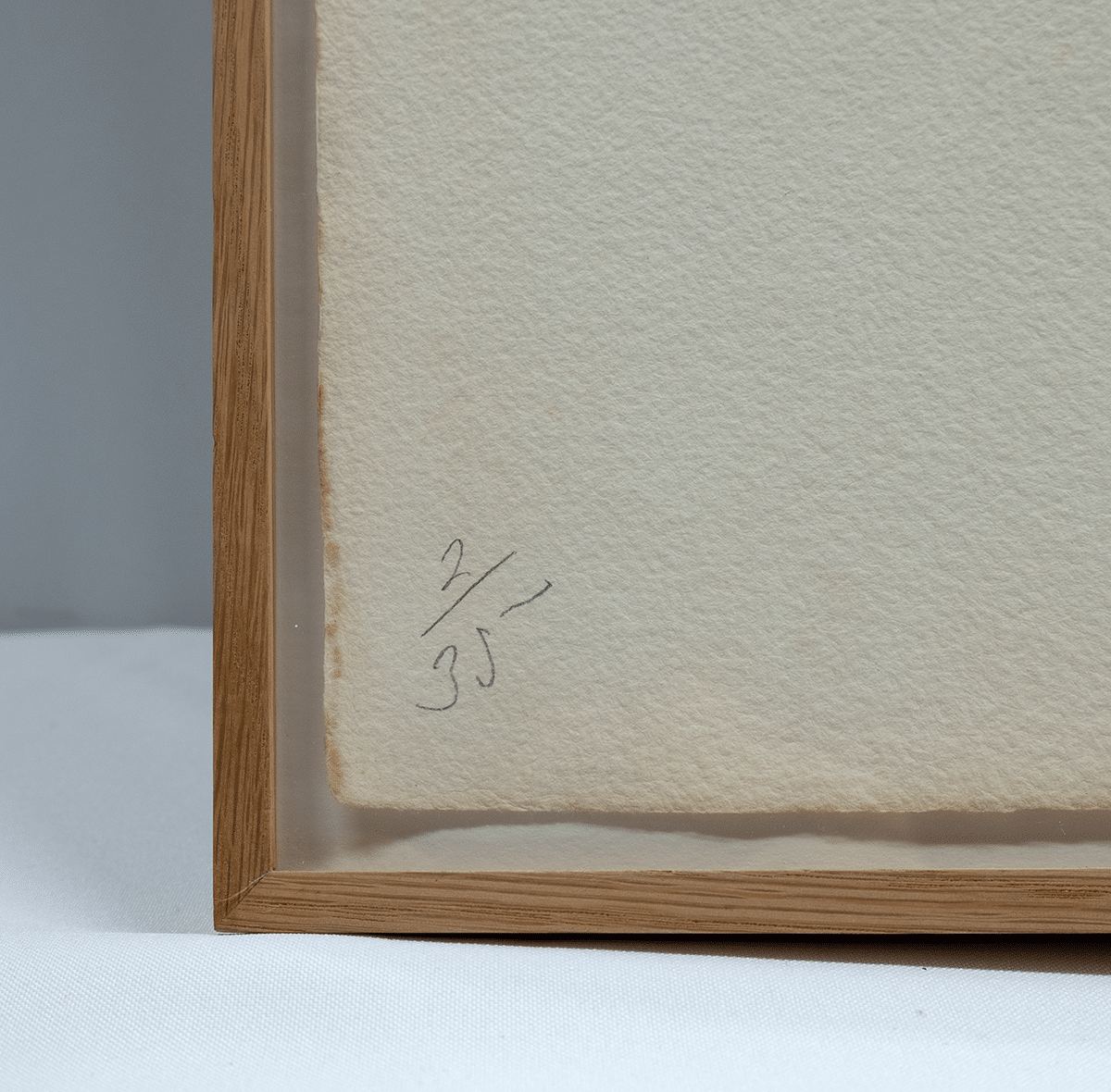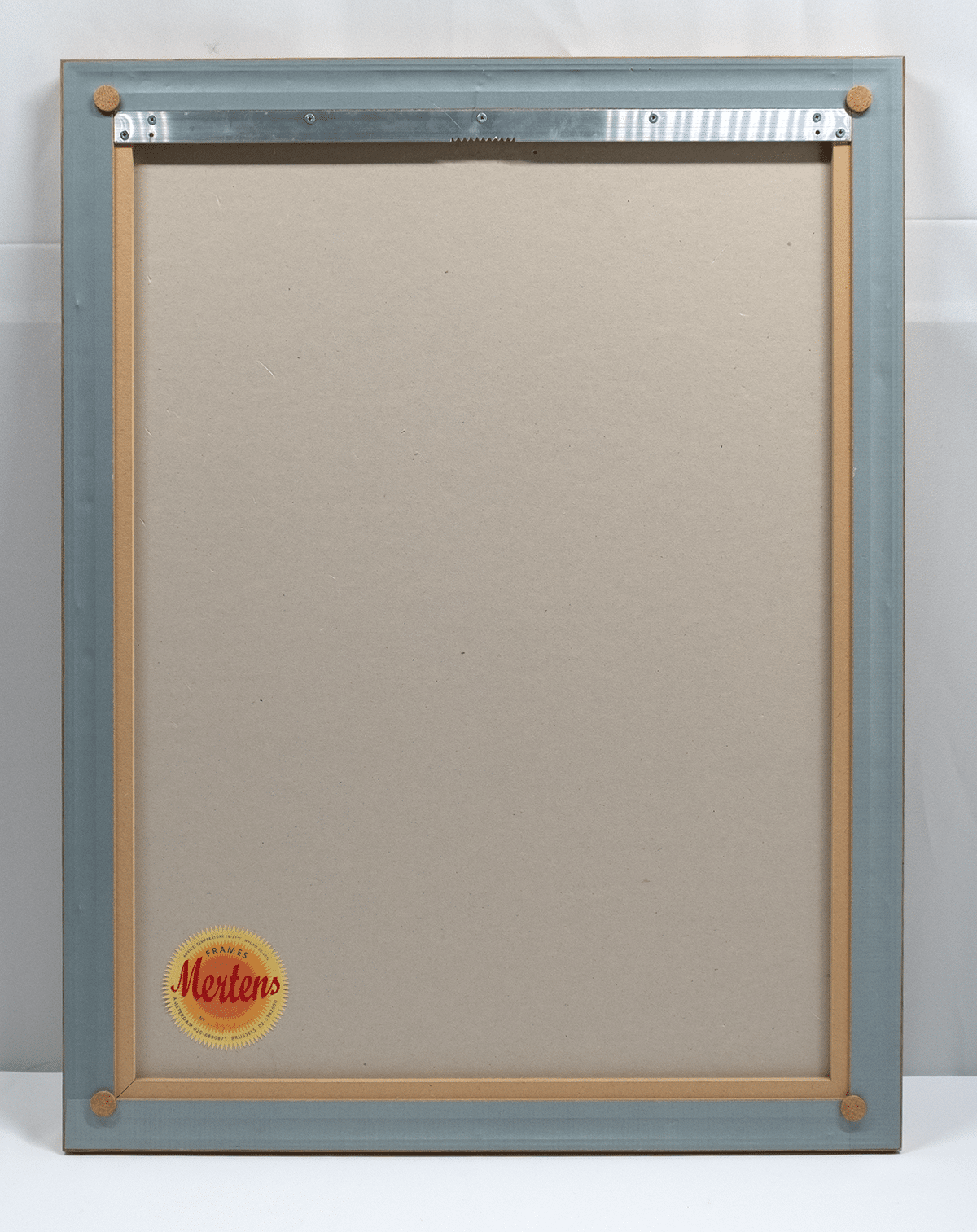Etching. Signed and numbered 2/35. 1976. Crown Point Press, Oakland. Dimensions image ca 21*27.5 cm, sheet ca 52*65 cm, frame ca 54*70 cm.
Back to offer overview
Biography
Claes Oldenburg (1929 – 2022)
Oldenburg studied literature and art at the Yale School of Art. In 1952, he decided to become an artist and studied at the Art Institute of Chicago. He begins by making drawings and paintings, from 1957 he creates three-dimensional objects. As a sculptor, he is best known for his enormous sculptures of everyday objects. Instead of selling through a gallery, Oldenburg starts selling art himself through a store he opens in 1961 on Manhattan’s Lower East Side (The Store). Considered a landmark in Pop Art, The Store shows that the dividing line between art and other commercial products is not always clear.
In 1956, Oldenburg moves to New York where abstract expressionism reigns supreme. For most of his life, Oldenburg lives and works in the Lower East Side. He comes in contact with a group of artists who create figurative art such as assemblages and typographic collages as a reaction to abstract expressionism. From 1959 to late 1961, Oldenburg sets out to find his own goals as an artist. He does not choose abstraction and he wants to make art that expresses his commitment to his surroundings and his times. He makes drawings and collages from burlap, cardboard and other second-hand materials from his surroundings in hundreds during this period. The Street from 1960 consists of objects made of cardboard, burlap and newsprint that together represent a bustling city. The Store from 1961 consists of brightly painted sculptures and reliefs in the form of commercial products and utensils. In The Store, cigarettes, lingerie and hamburgers all become useful subjects for art. The enormous sculptures of stuffed fabric from The Store, cut and sewn by his wife, are included in a solo exhibition by Oldenburg at the Green Gallery in 1962. This exhibition is one of the first exhibitions of Pop Art and its success contributed greatly to the development of American art in the 1960s.
Oldenburg’s drawings have always been important in the development of his ideas and the creation of his sculptures. His sketchbooks show how some of his major works were created; larger drawings often show variations in the elaboration of a theme. In choosing not to make abstract art, Oldenburg is inspired by Klee, who turns to art outside the context of Western civilization; primitive art, art made by children and the insane. had Dubuffet add to these sources urban life. With these two artists in mind, Oldenburg sees the potential for his art to be seen in the culture of New York’s Lower East Side. In his sketches, Oldenburg reduces figures and objects to lines. The Street slowly takes shape in the sketches of the activity of men, women, children and animals. The drawings are reminiscent of the deliberate coarseness of Dubuffet’s figures but do not contain a single image, as in Dubuffet, but the entire environment with clouds, smoke, wind and “balloons” of speech as in cartoons. Oldenburg does not use the forms of primitive art but the worldview of a child, the “primitive” man and the “madman” that may be more rational and sensible than what is seen as civilized thinking.
Information from:
https://nl.wikipedia.org/wiki/Claes_Oldenburg
https://magazine.artland.com/claes-oldenburg/#:~:text=He%20believed%20that%20his%20colossal,them%20with%20vigorous%20human%20connotations.
https://www.moma.org/documents/moma_catalogue_1985_300296981.pdf

